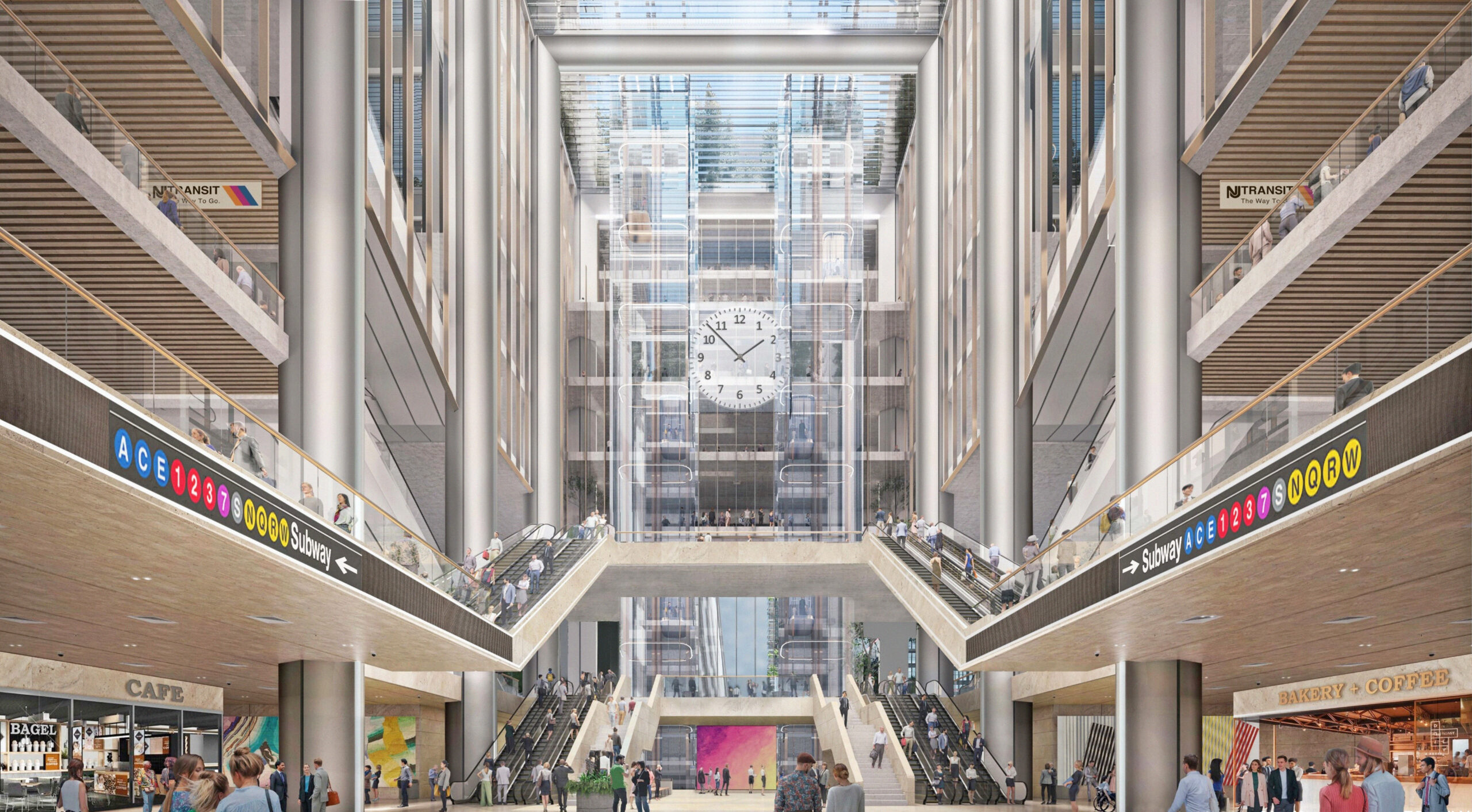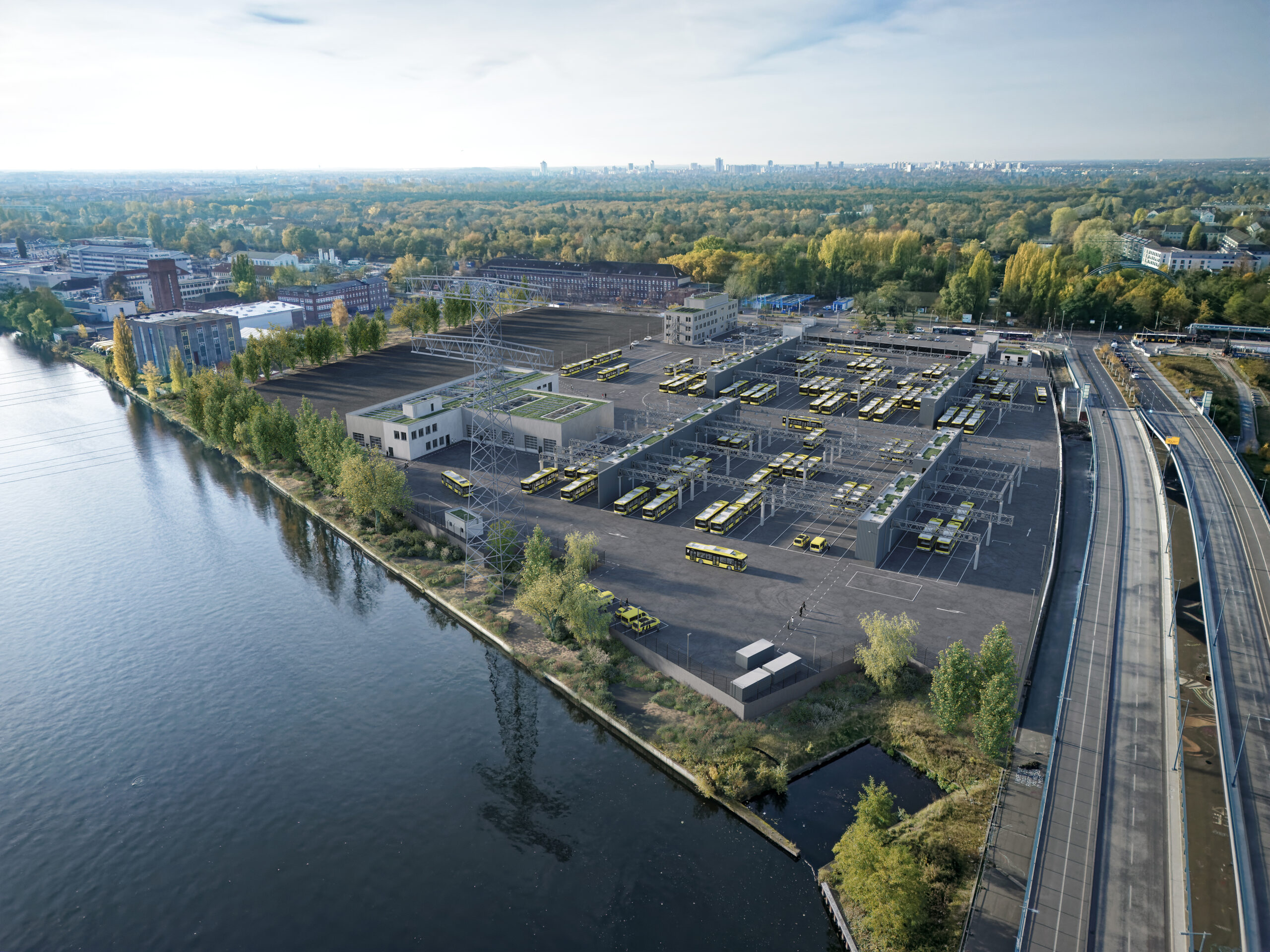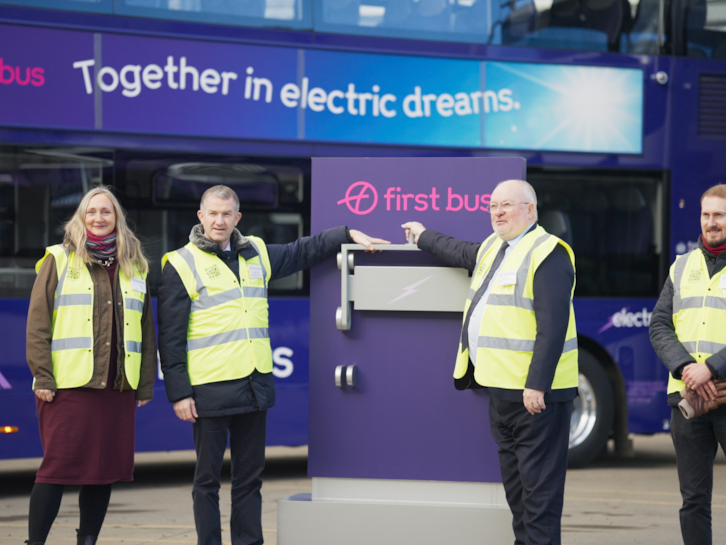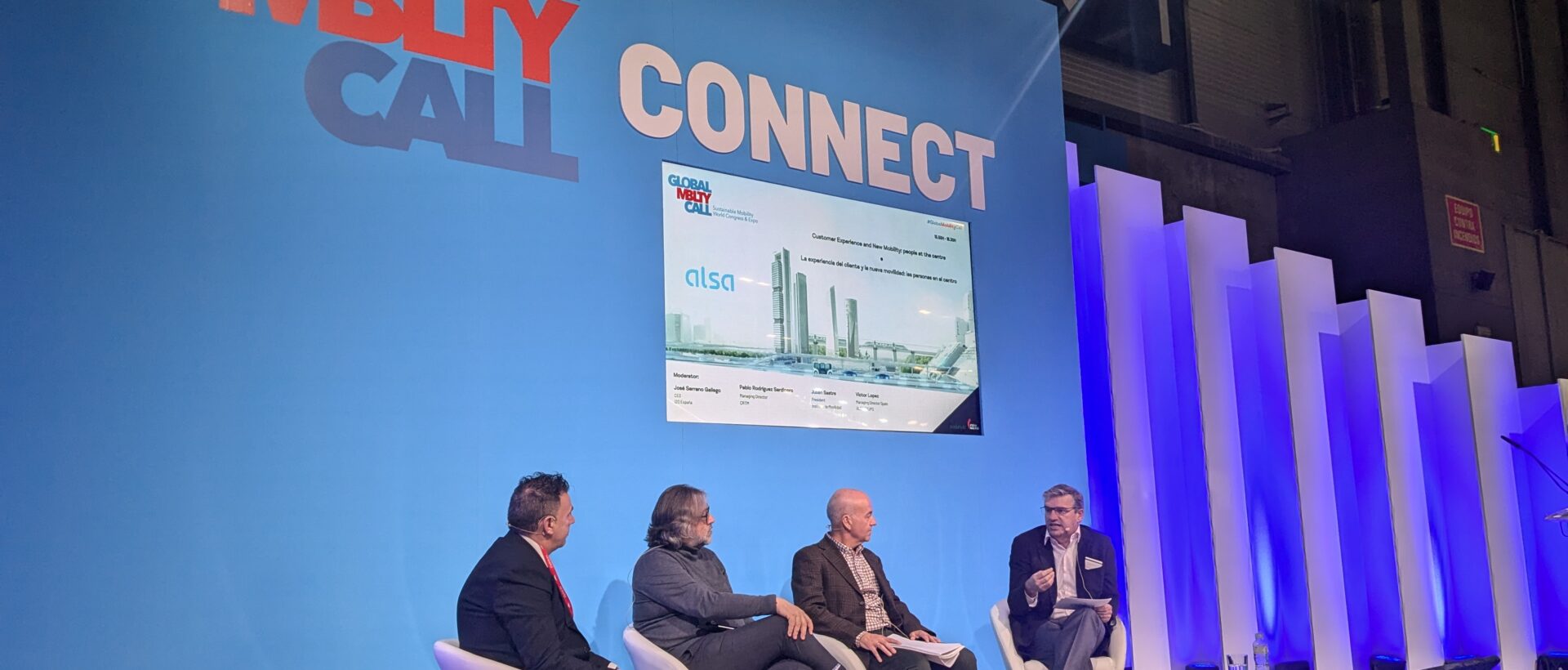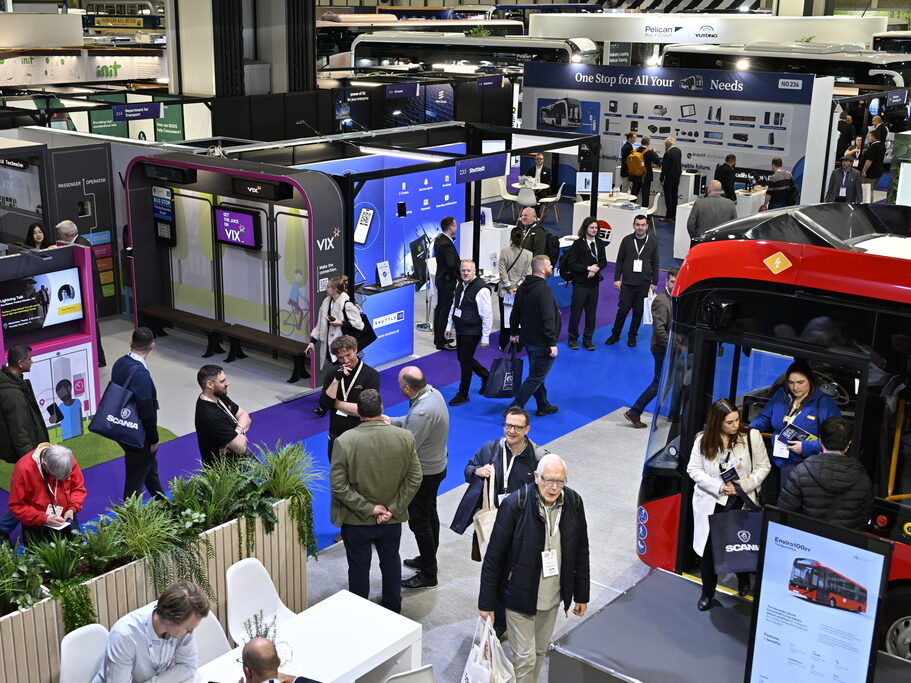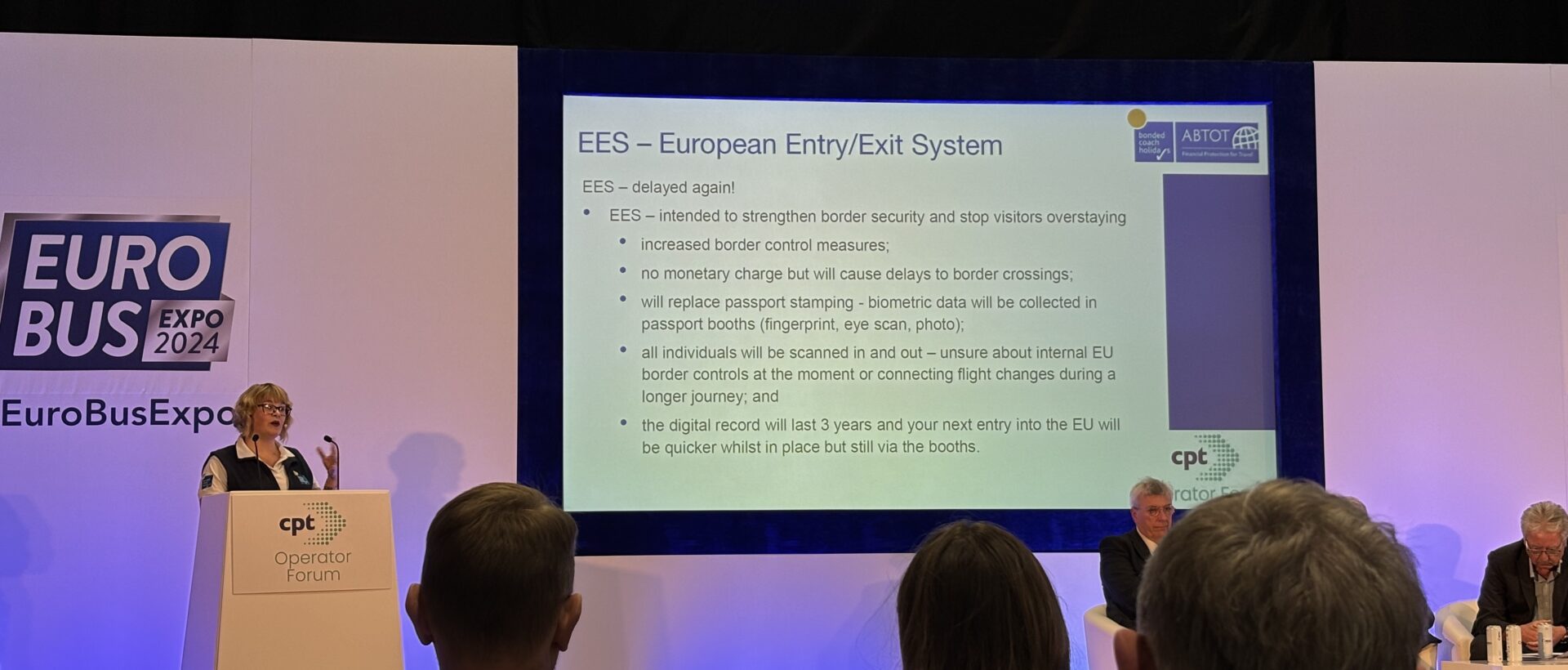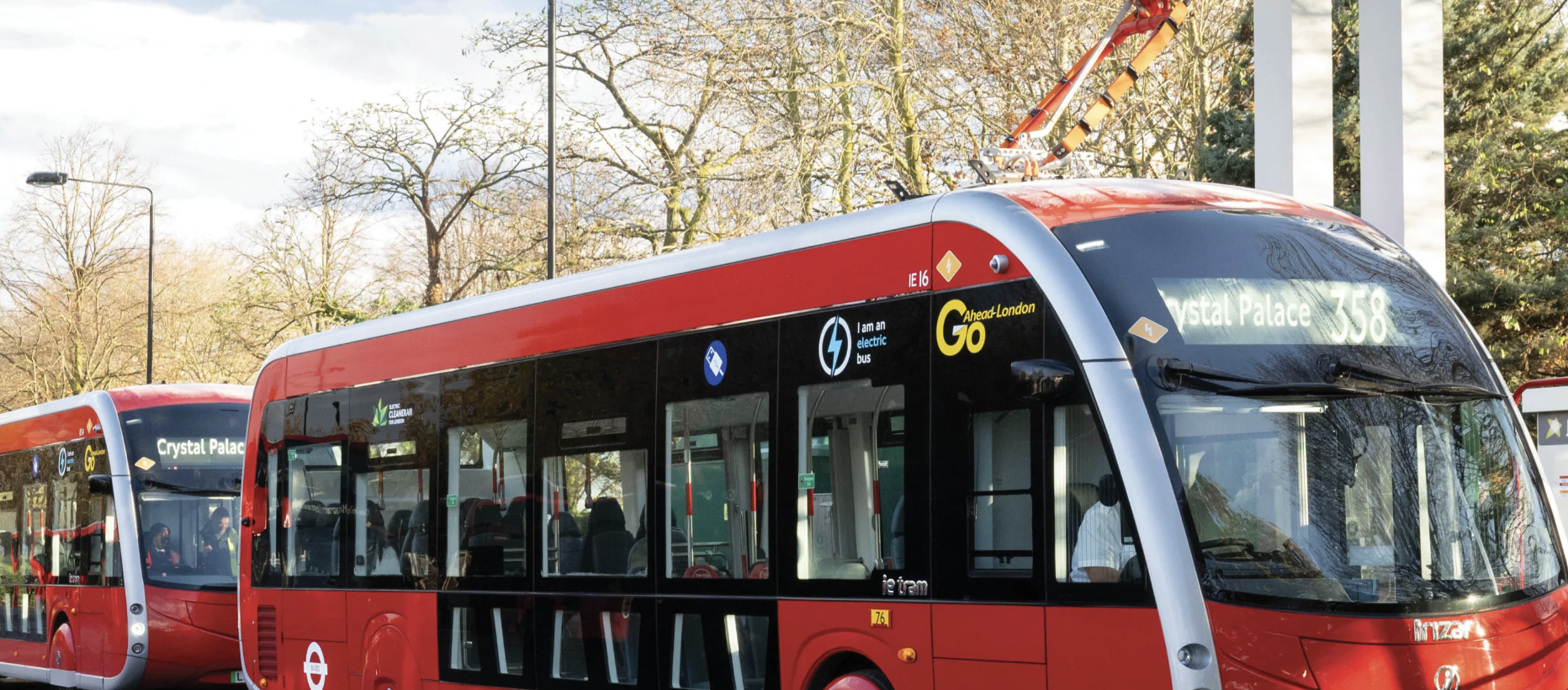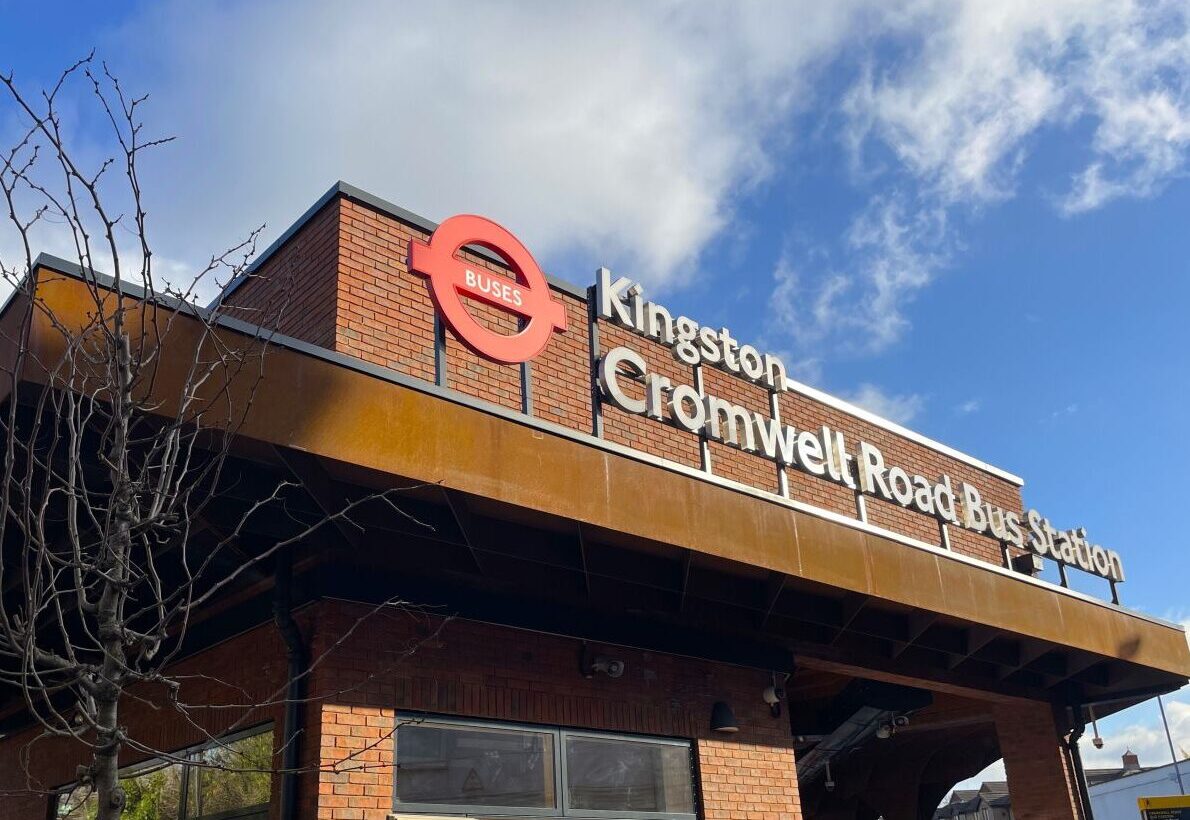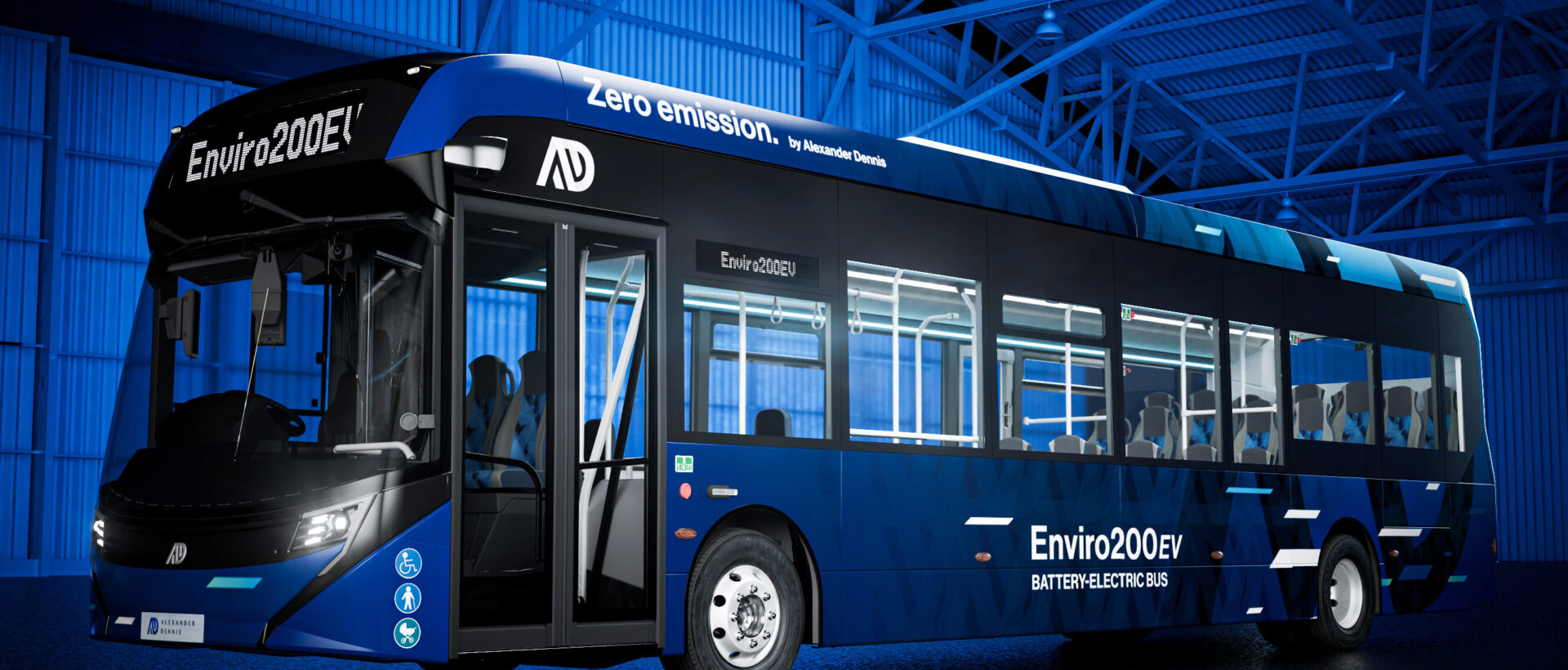A total of twenty brand-new, safety-conscious electric buses are now in operation throughout the streets of London, bringing the total of zero-emission buses in operation within the city to 1,700.
The vehicles, which share a similar design to more traditional trams, are slowly being introduced in phases along one of the capital’s longest bus routes between Crystal Palace and Orpington (Route 358).
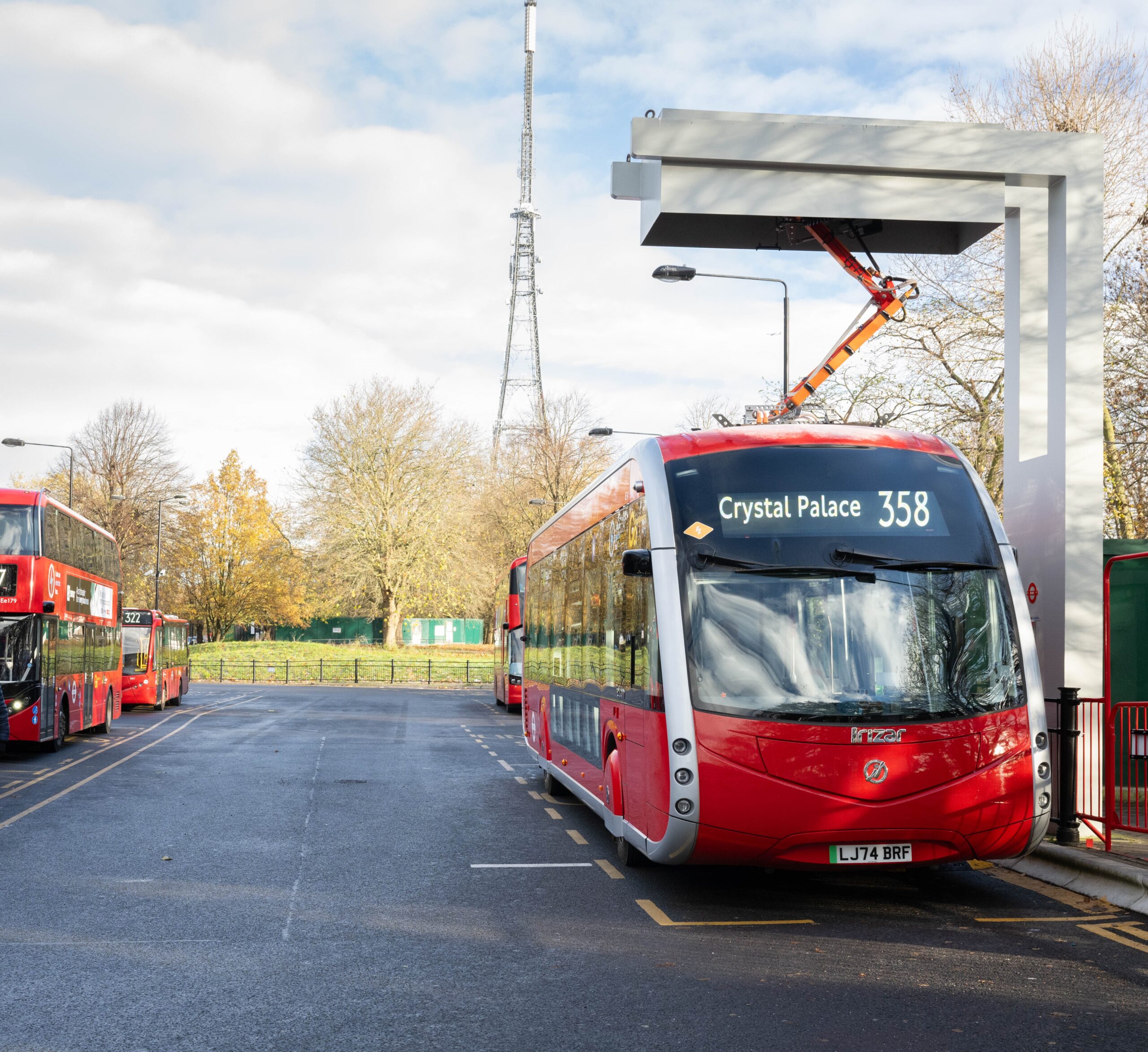
Each bus features an improved, safer front-end design and come equipped with a range of safety features such as speed limiting technology, audible warnings for pedestrians and new direct & indirect driver assistance via the use of camera monitoring technology, replacing traditional mirrors.
Made possible by the installation of new pantograph technology along the route, the buses are able to utilise fast, high-power charging at each end of the 15-mile journey.
Charging can be completed in six minutes, and is conducted via an arm-like structure attached to the roof of each vehicle.
Both the twenty vehicles and pantograph charging points have been supplied by Irizar e-mobility, with the pantographs themselves having been installed by EO Charging.
Lorna Murphy, Director of Buses, TfL, said:The harmful effects of toxic air pollution in the capital are known to contribute to thousands of premature deaths and serious health conditions. Londoners deserve to breathe clean air, and it is vital that we continue to deliver solutions to address this.
Installing new rapid-charging pantograph infrastructure on one of London's longest bus routes is an innovative step forward, helping us to run cleaner, greener services that get Londoners where they need to be.
Working with partners across a range of different sectors on this project, we are showcasing how the broader shift to net zero can be achieved. The move to increase the number of zero-emission buses on the capital's streets is a key part of the Mayor's goal to make London a zero carbon city.
With the introduction of the vehicles, Transport for London (TfL) hopes to reduce the number of buses on the road, allowing for further investments into other crucial areas of key infrastructure in the city as well as build toward Mayor Sadiq Khan’s commitment to delivering a zero-emission bus fleet by 2030.
Deputy Mayor for the Environment, Mete Coban said:Electrifying London's bus fleet is key to the Mayor's aims of cleaning up London's toxic air and making London a net-zero carbon city by 2030. London already has the largest zero-emission fleet in Western Europe, but our ambition is to achieve the Mayor's goal of the entire fleet being zero-emission by 2030. These state-of-the-art buses will benefit from technology to help them run for longer without being charged, making journeys more efficient, and will also feature multiple safety improvements. This is all part of our plans to continue building a safer, greener London for everyone.











